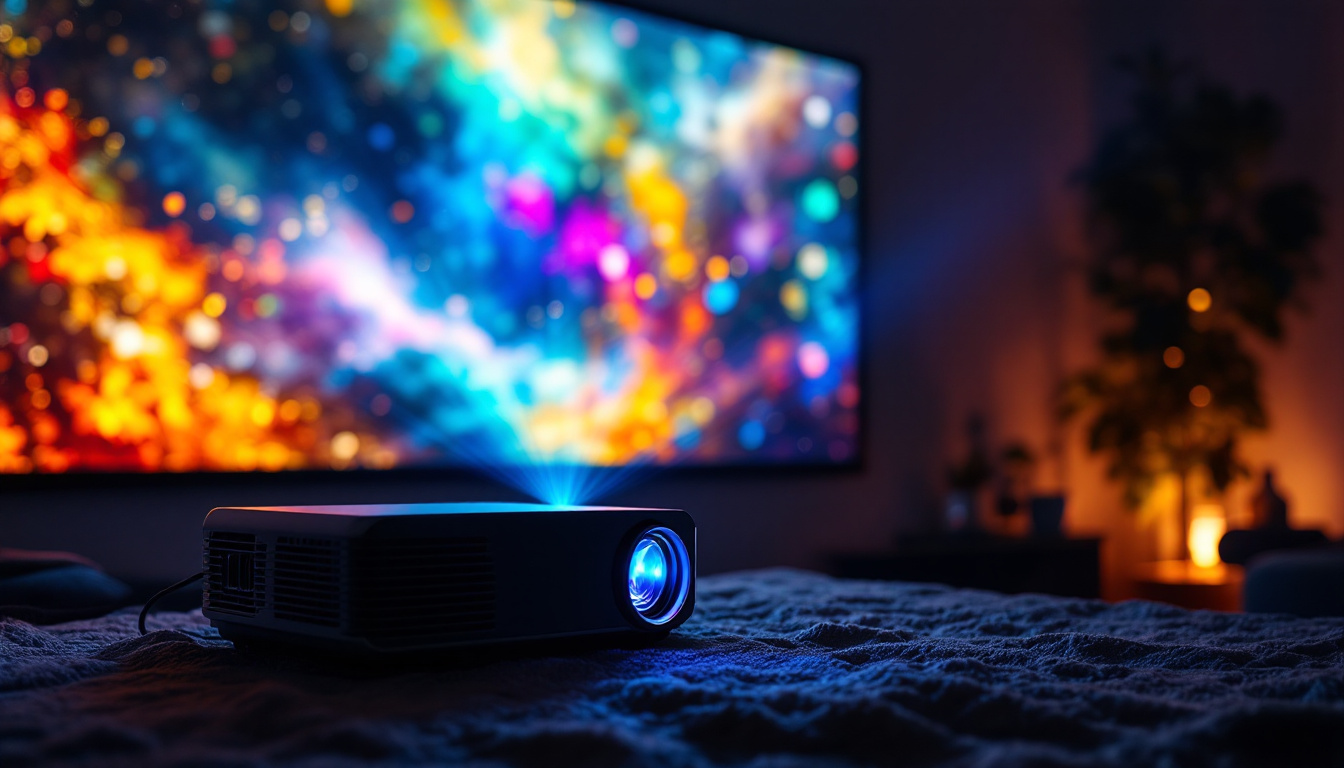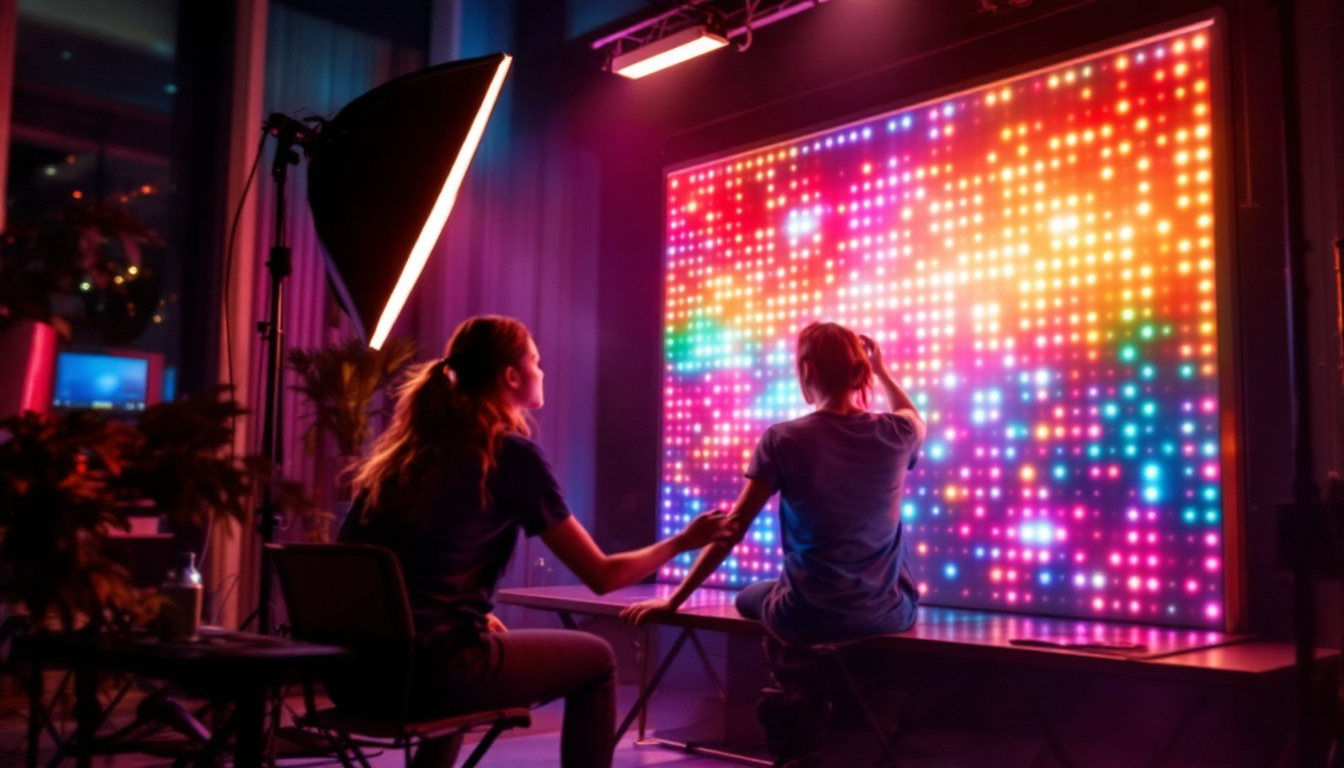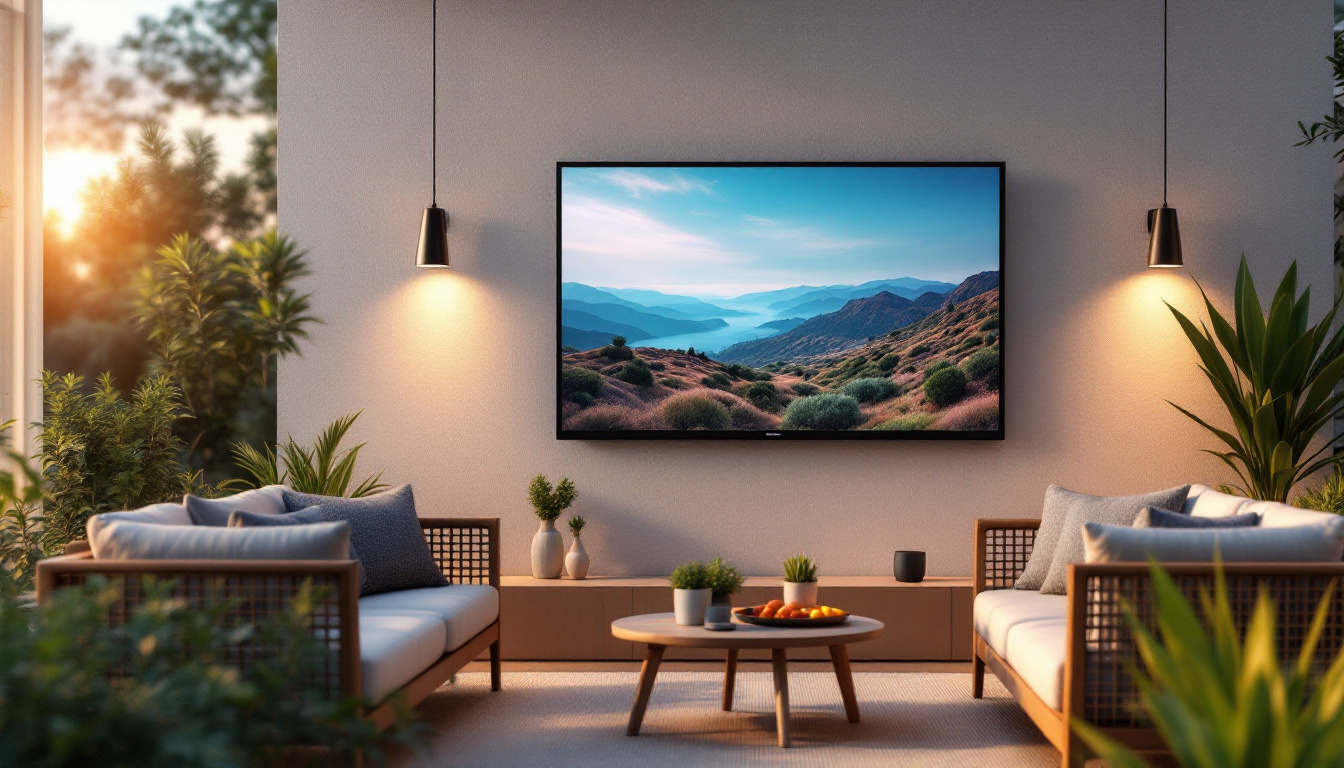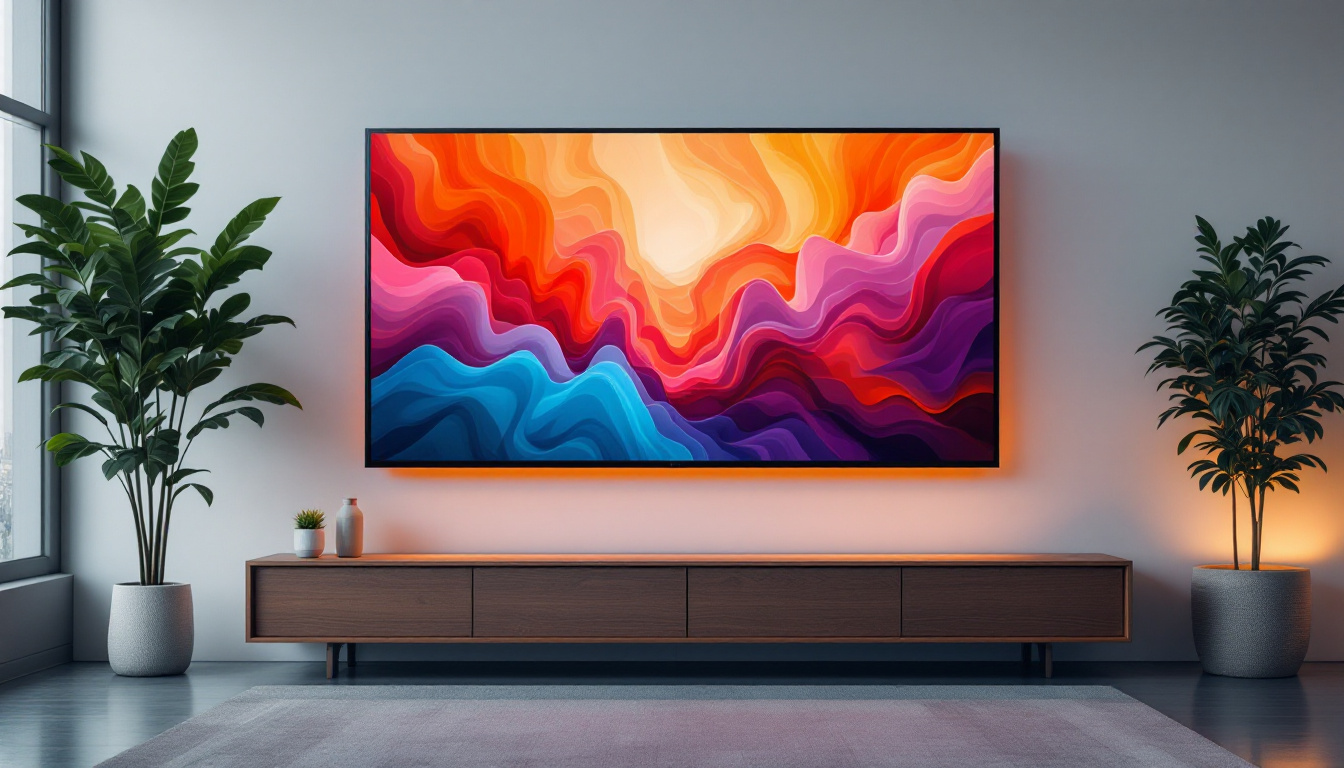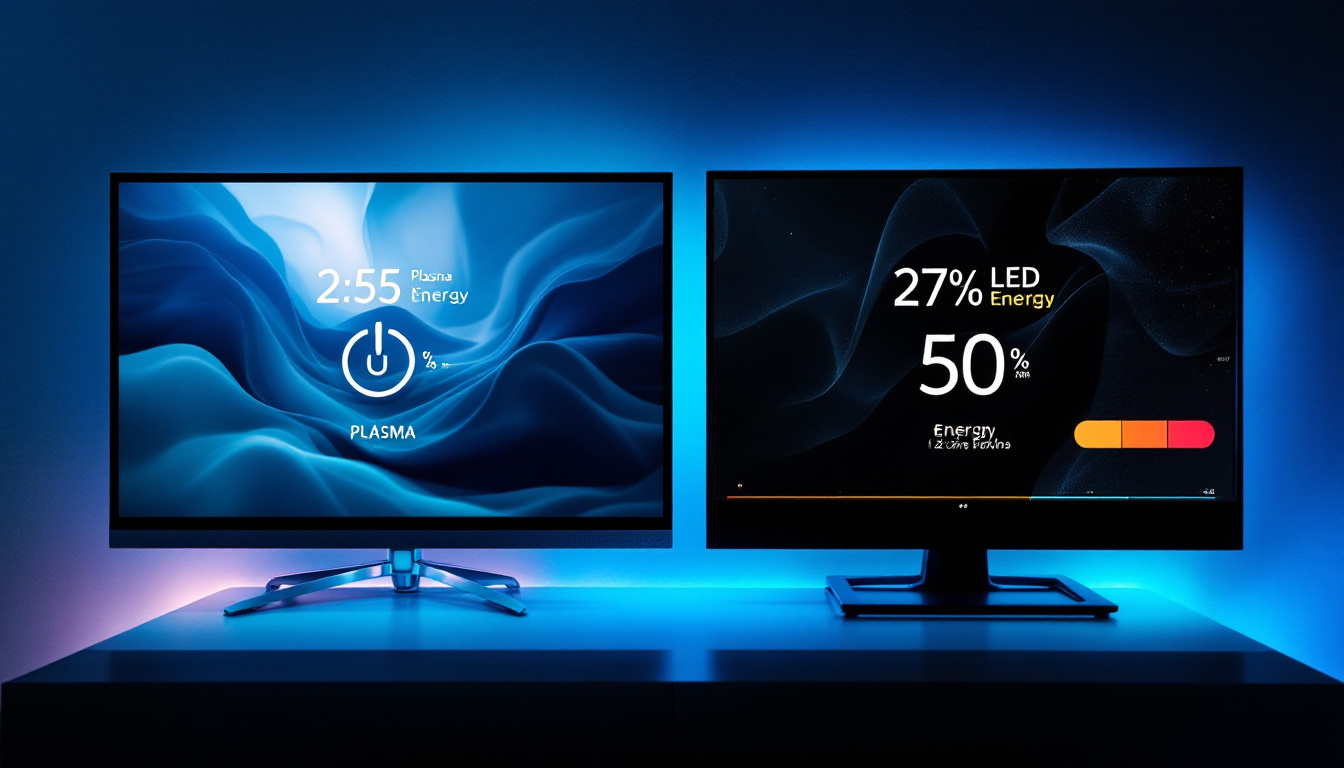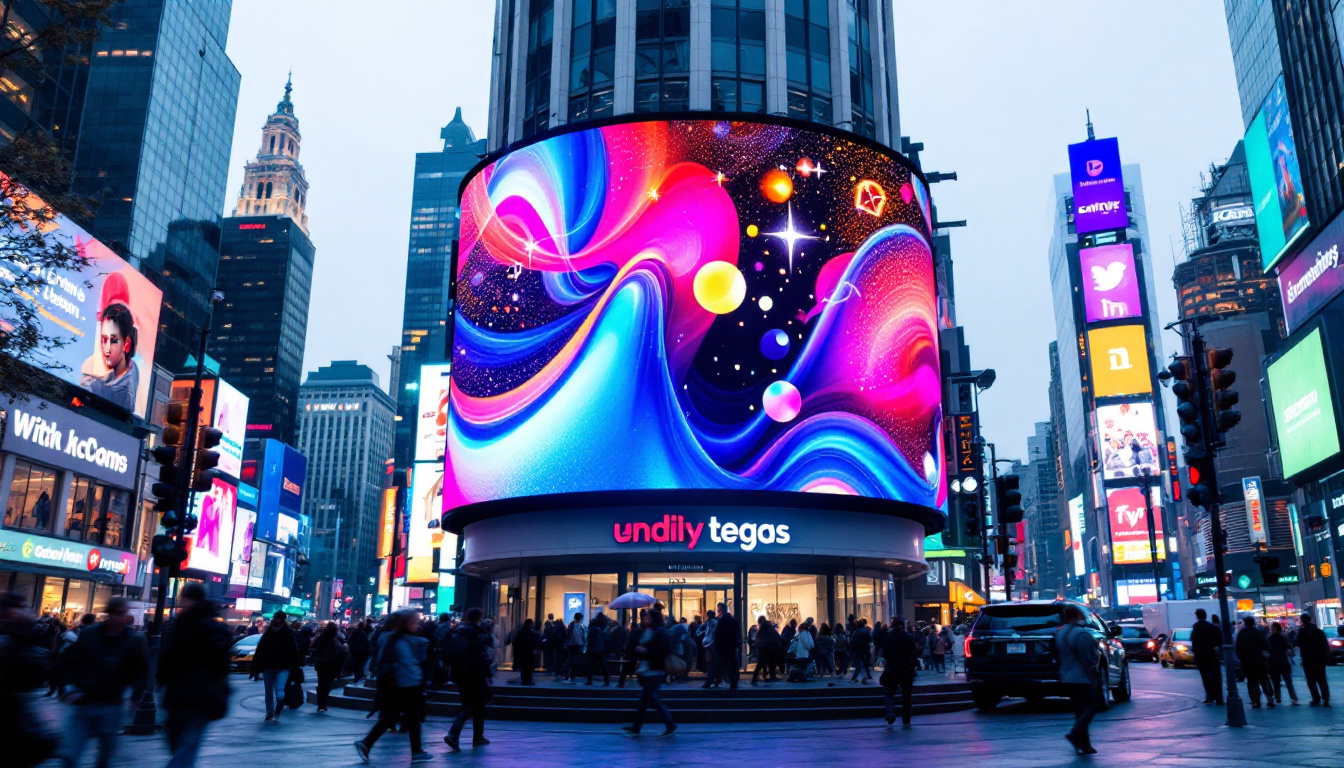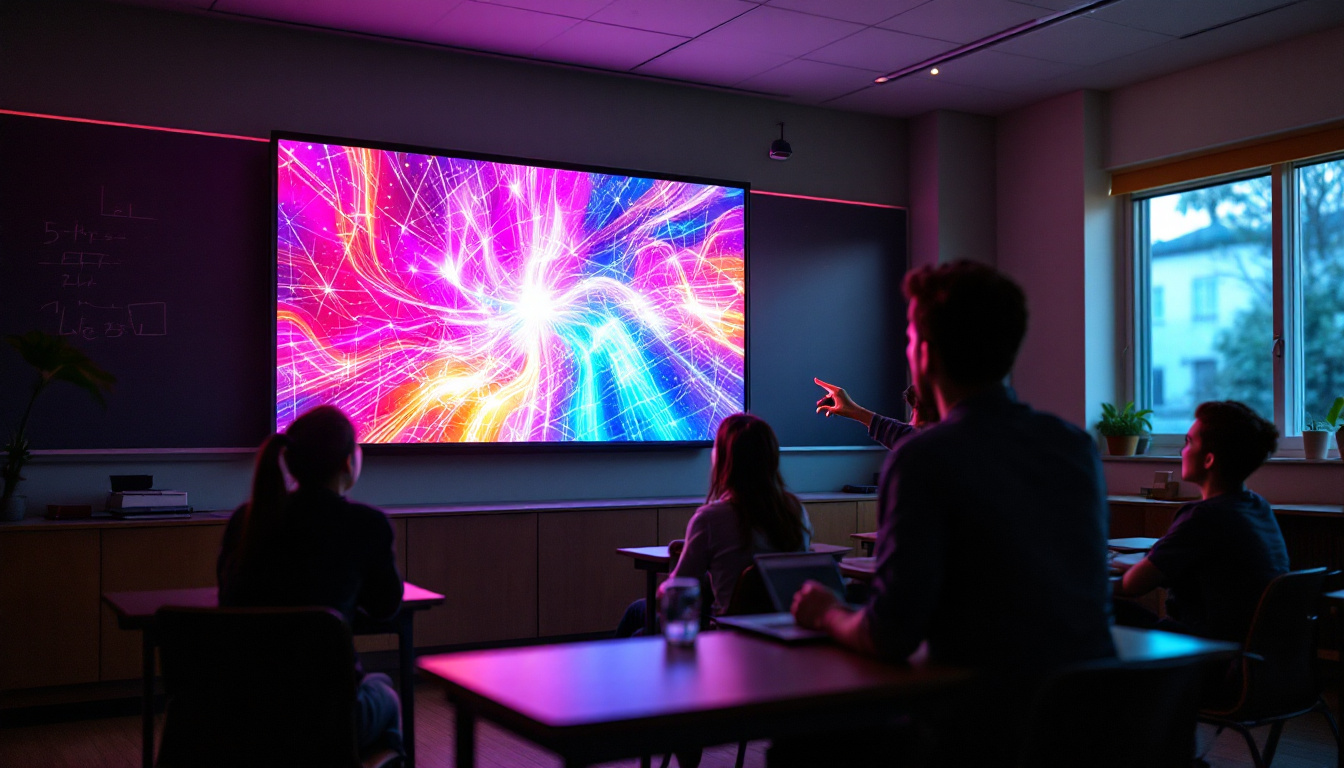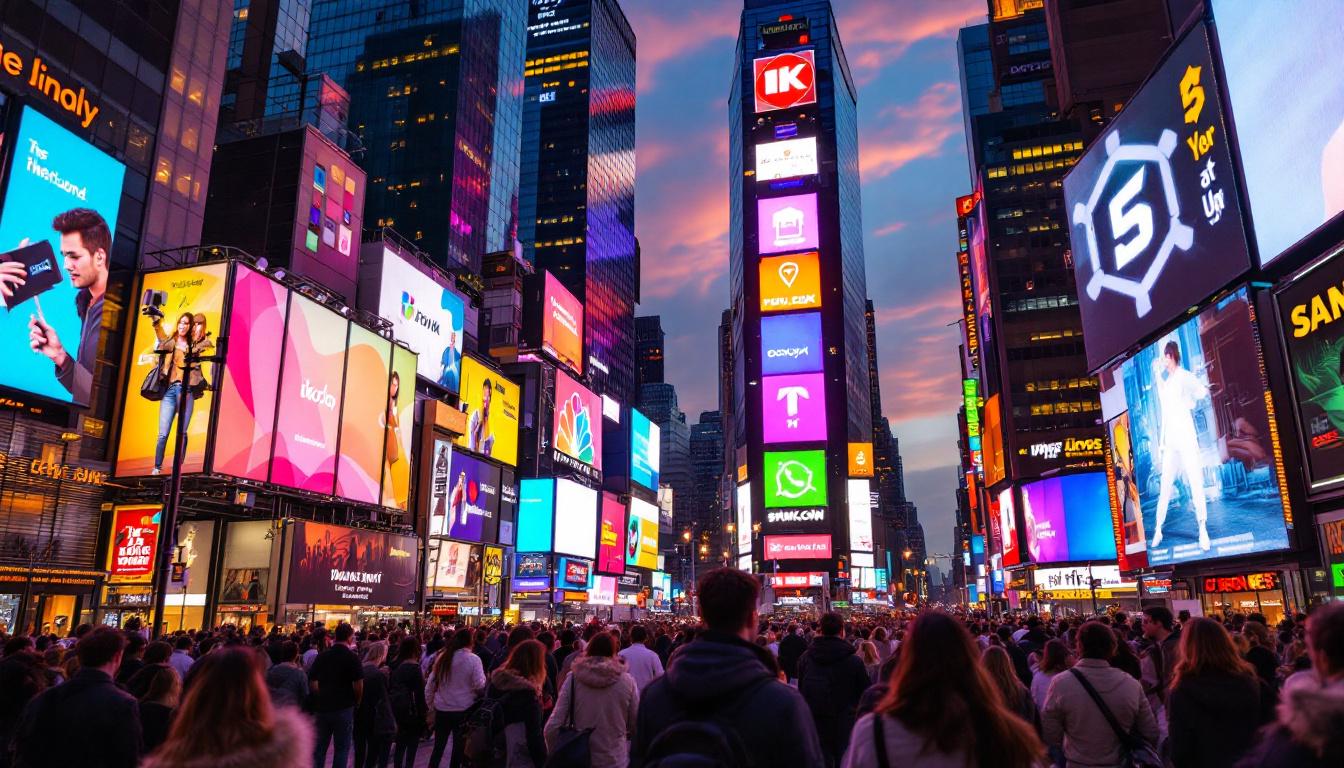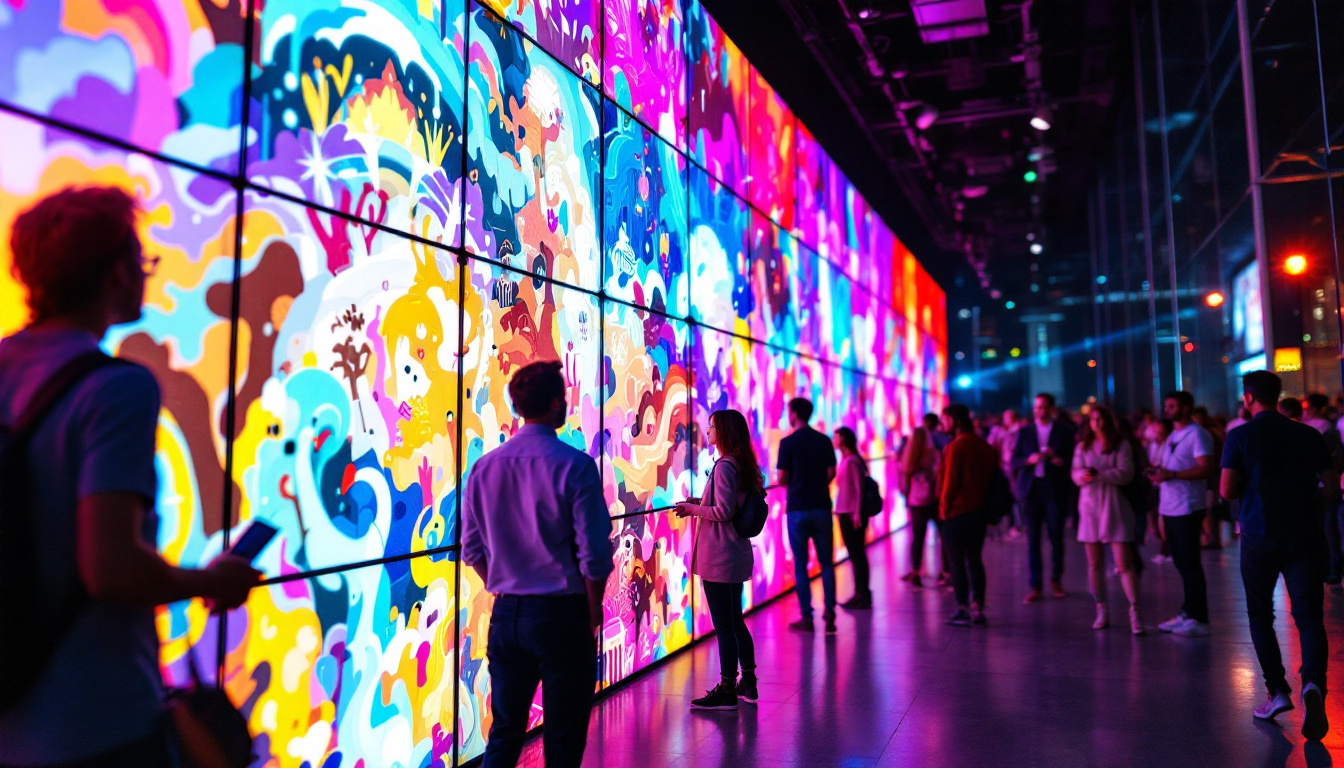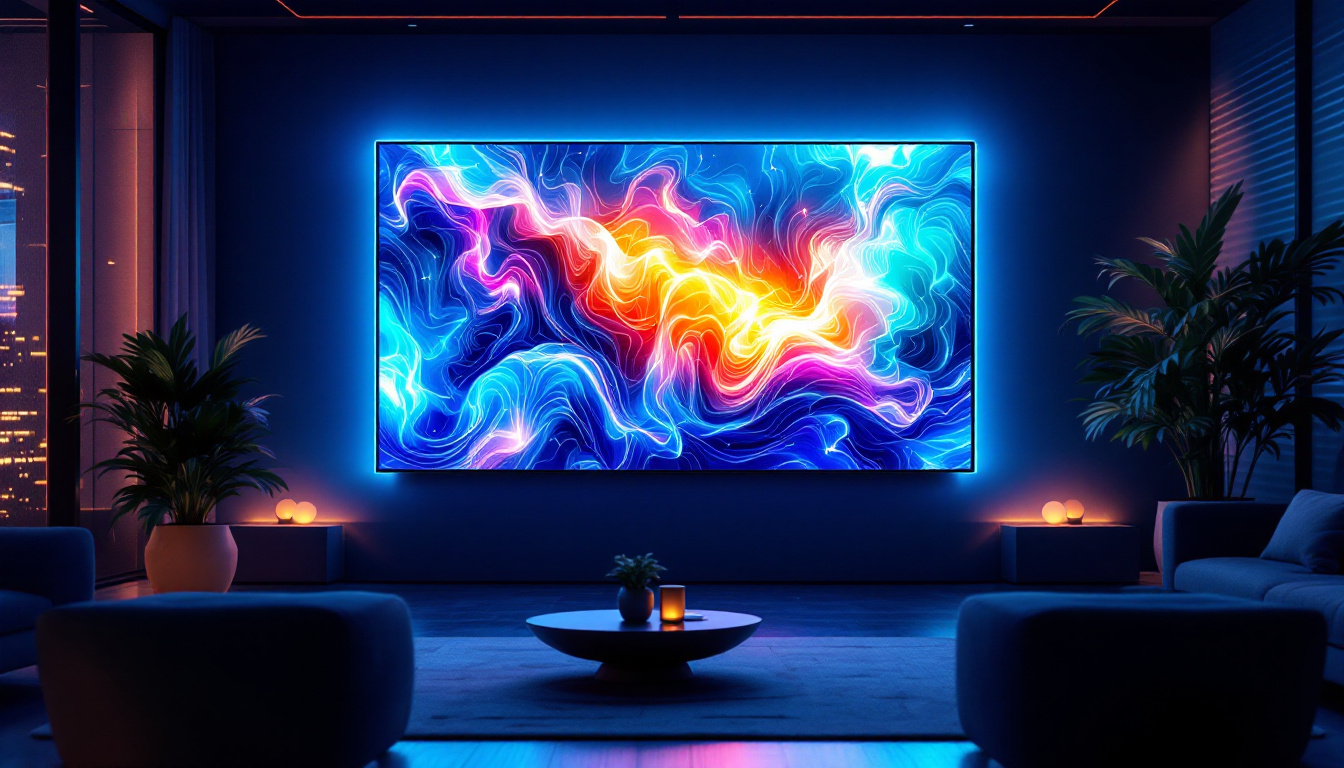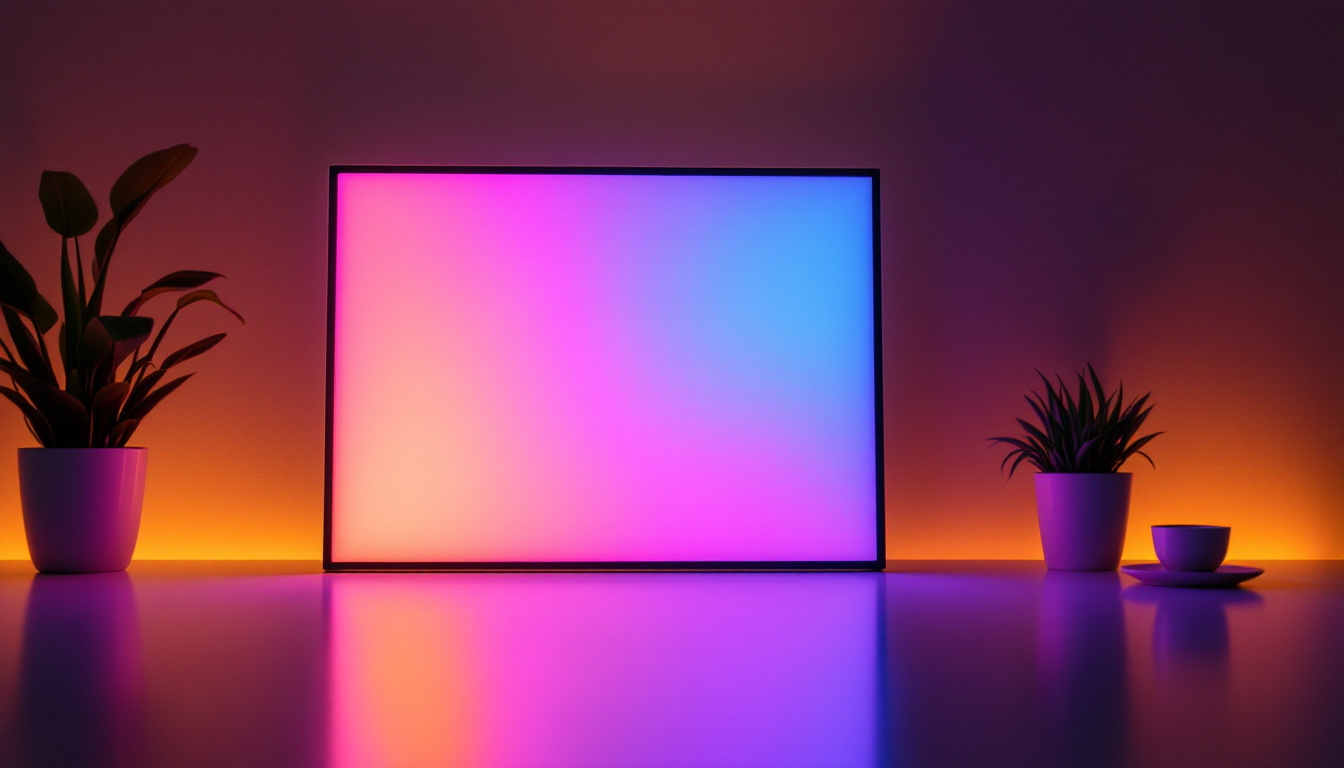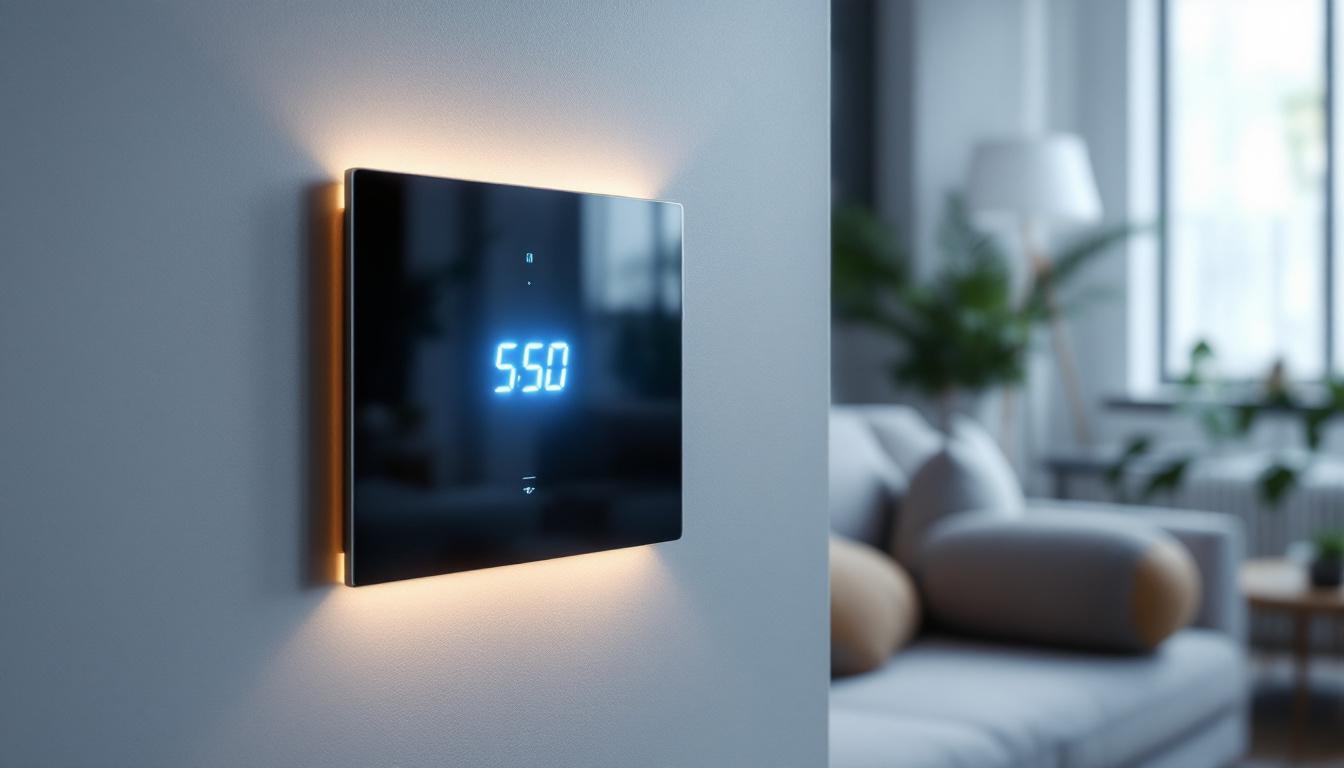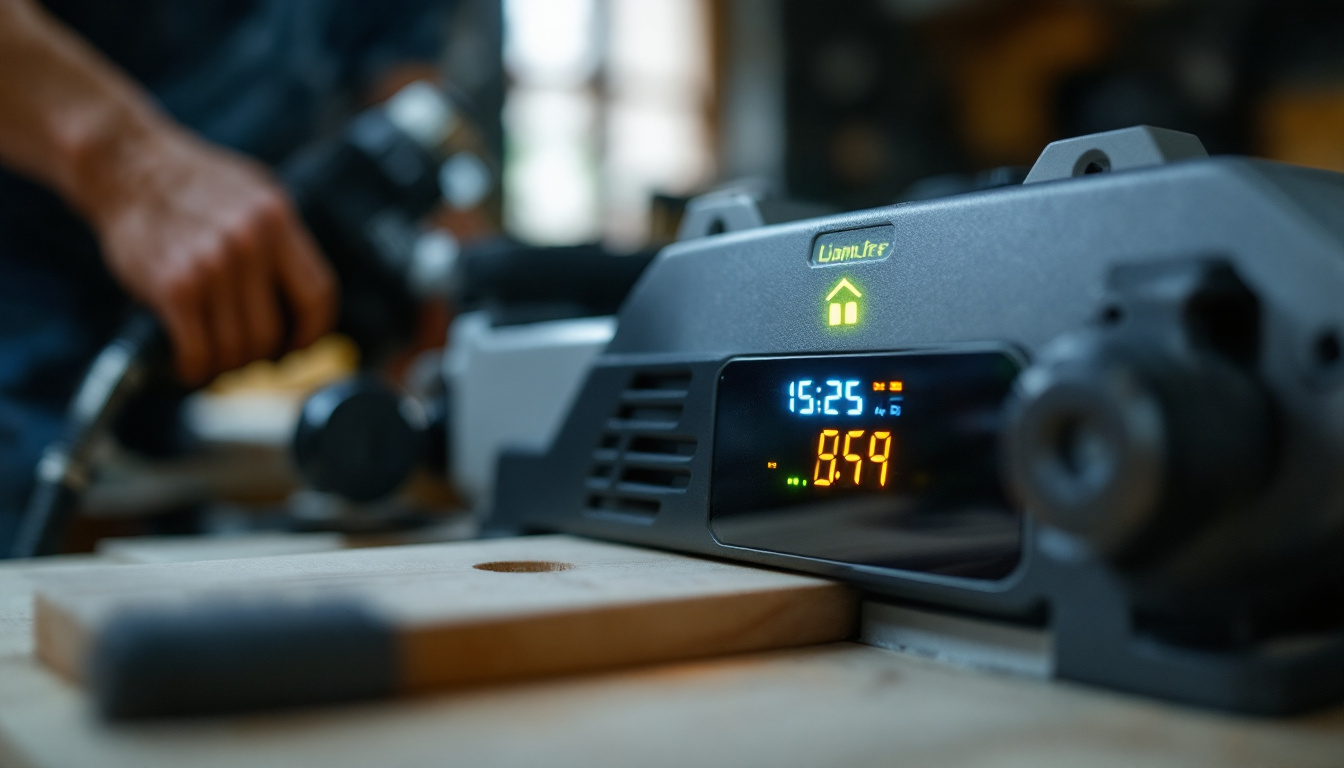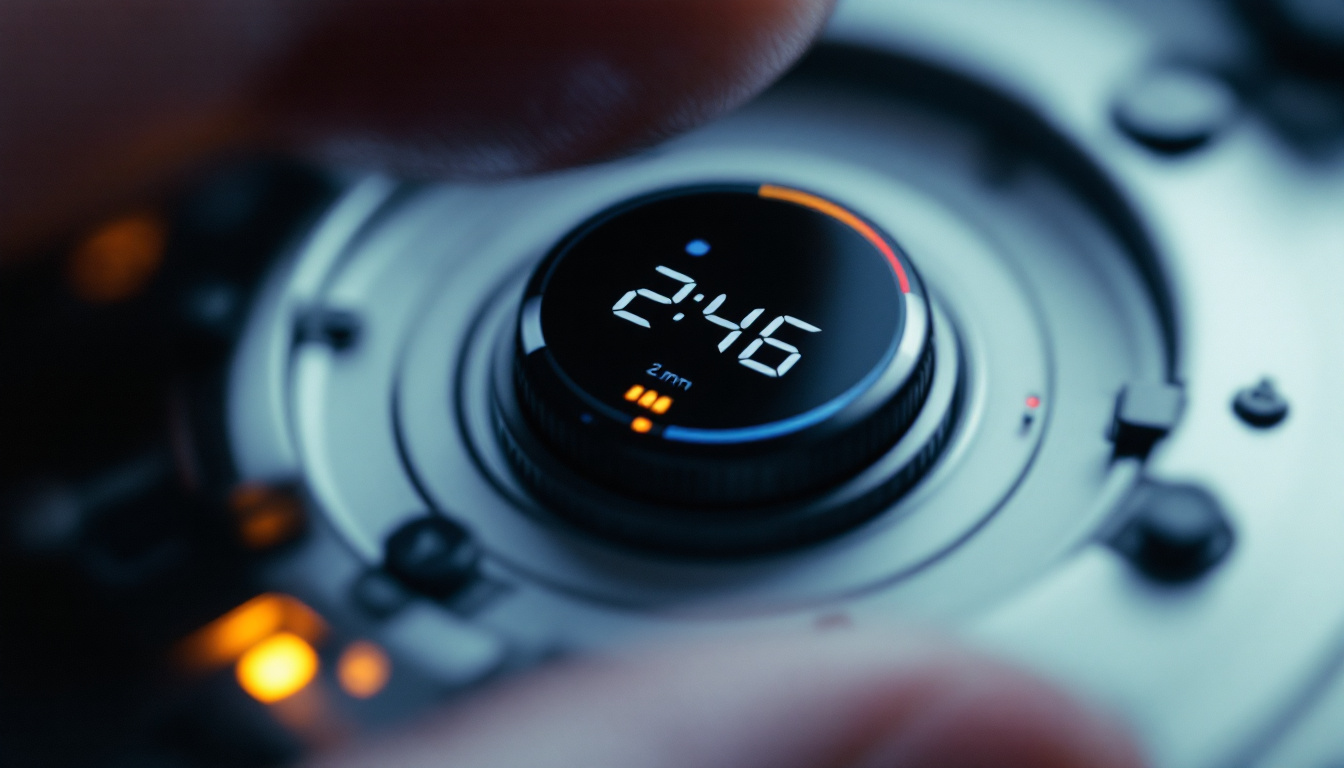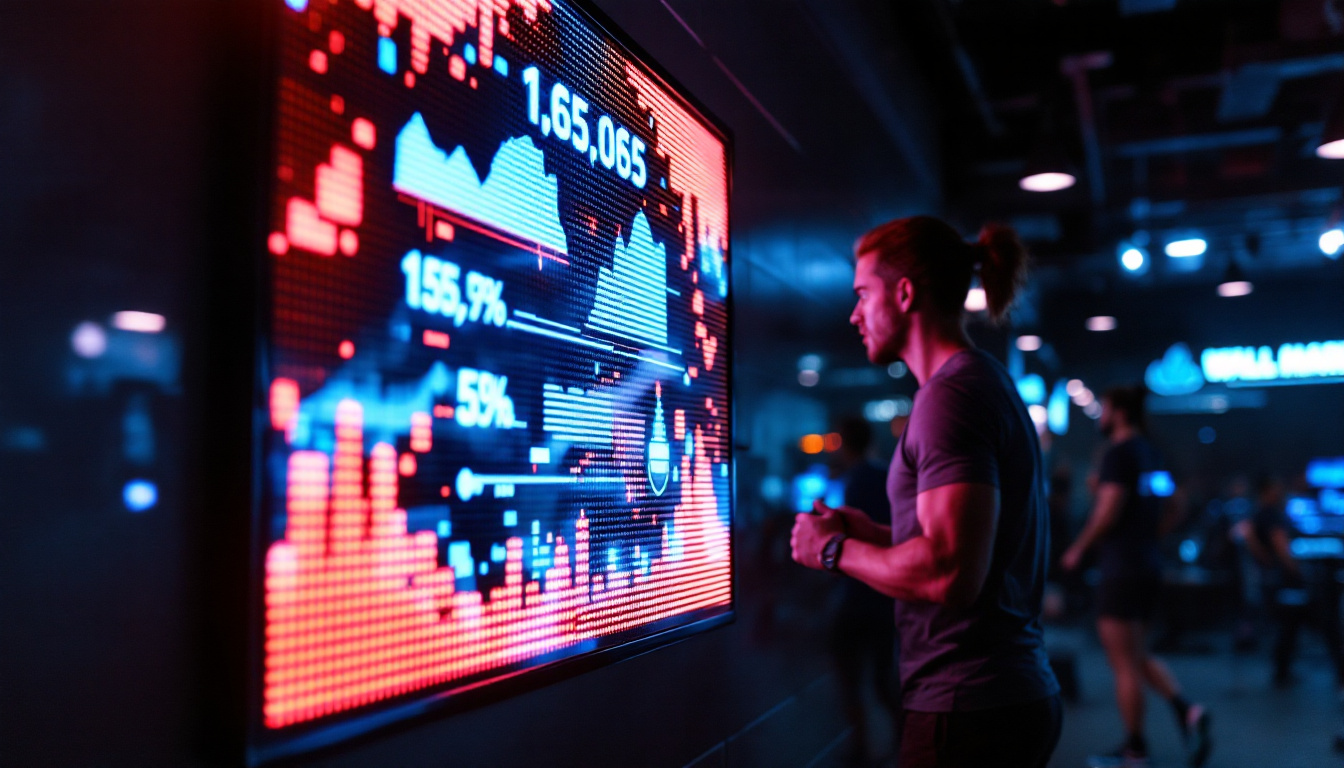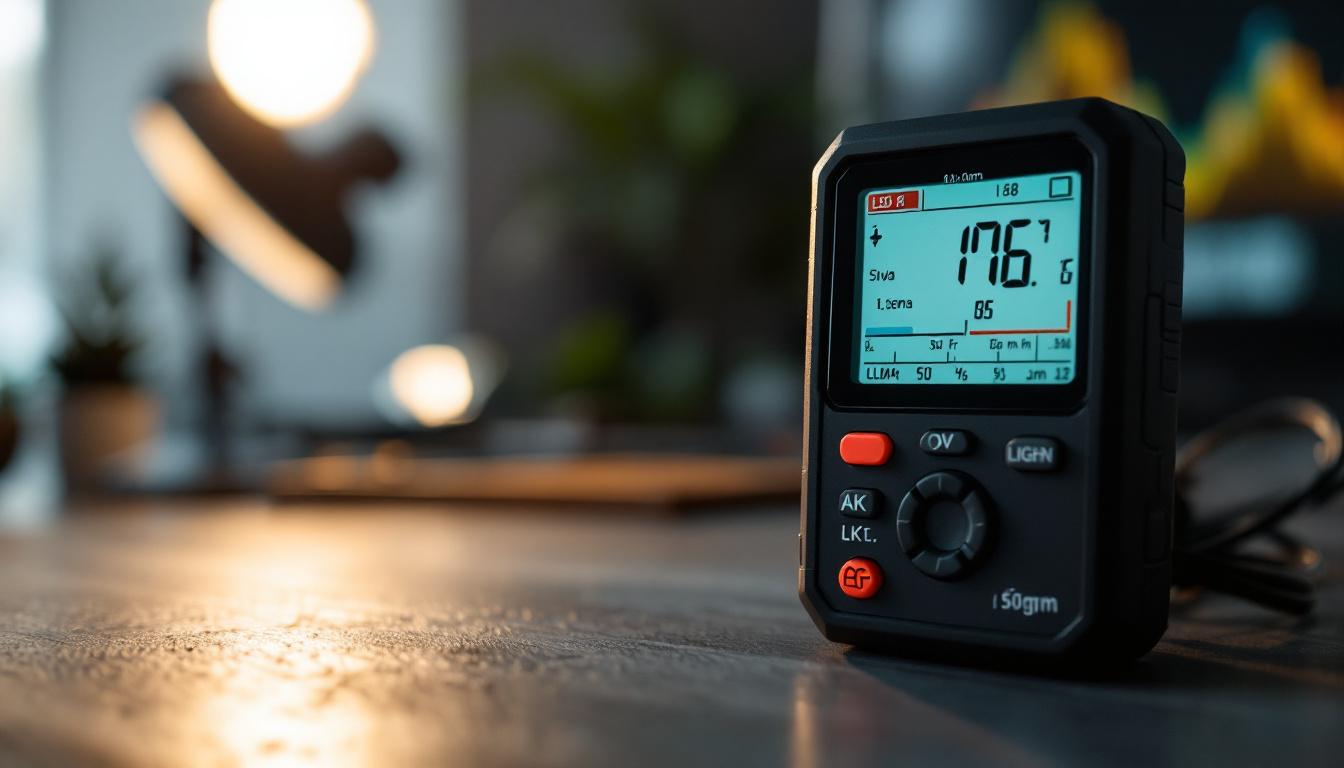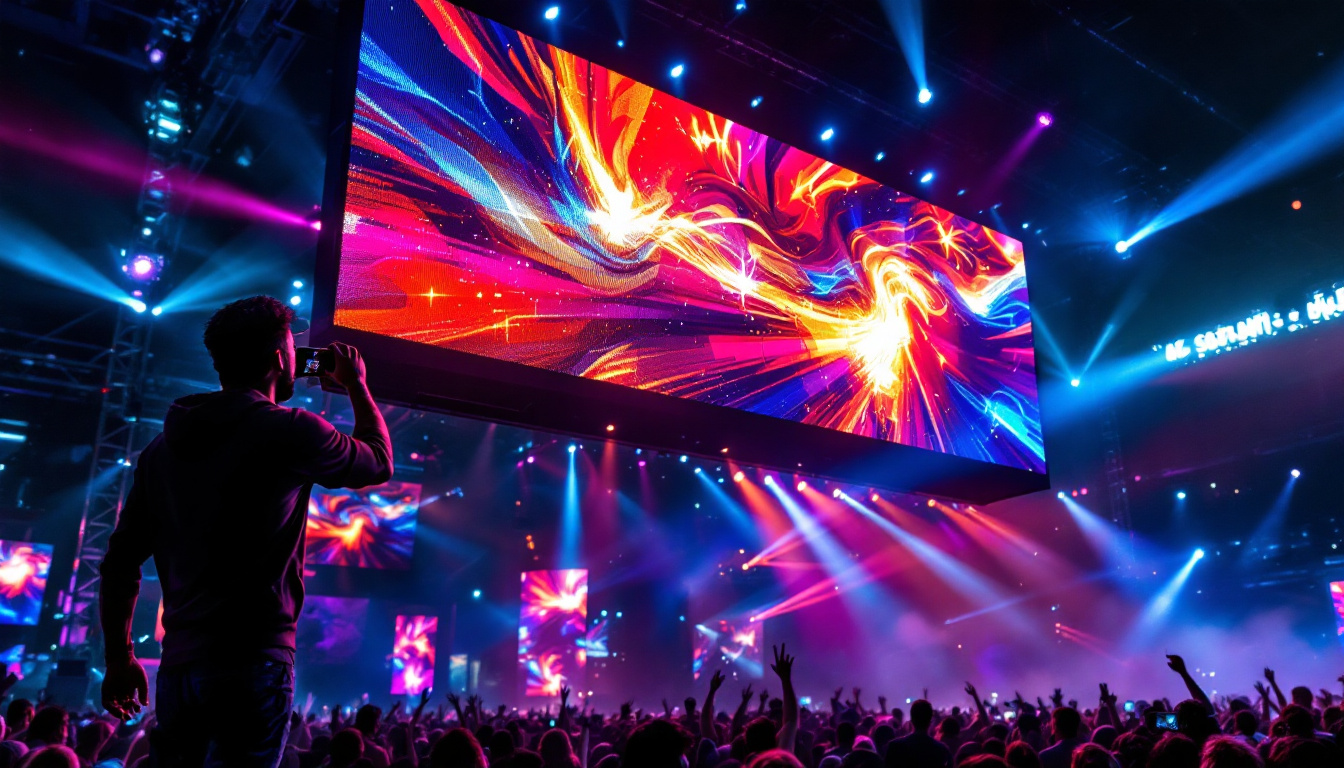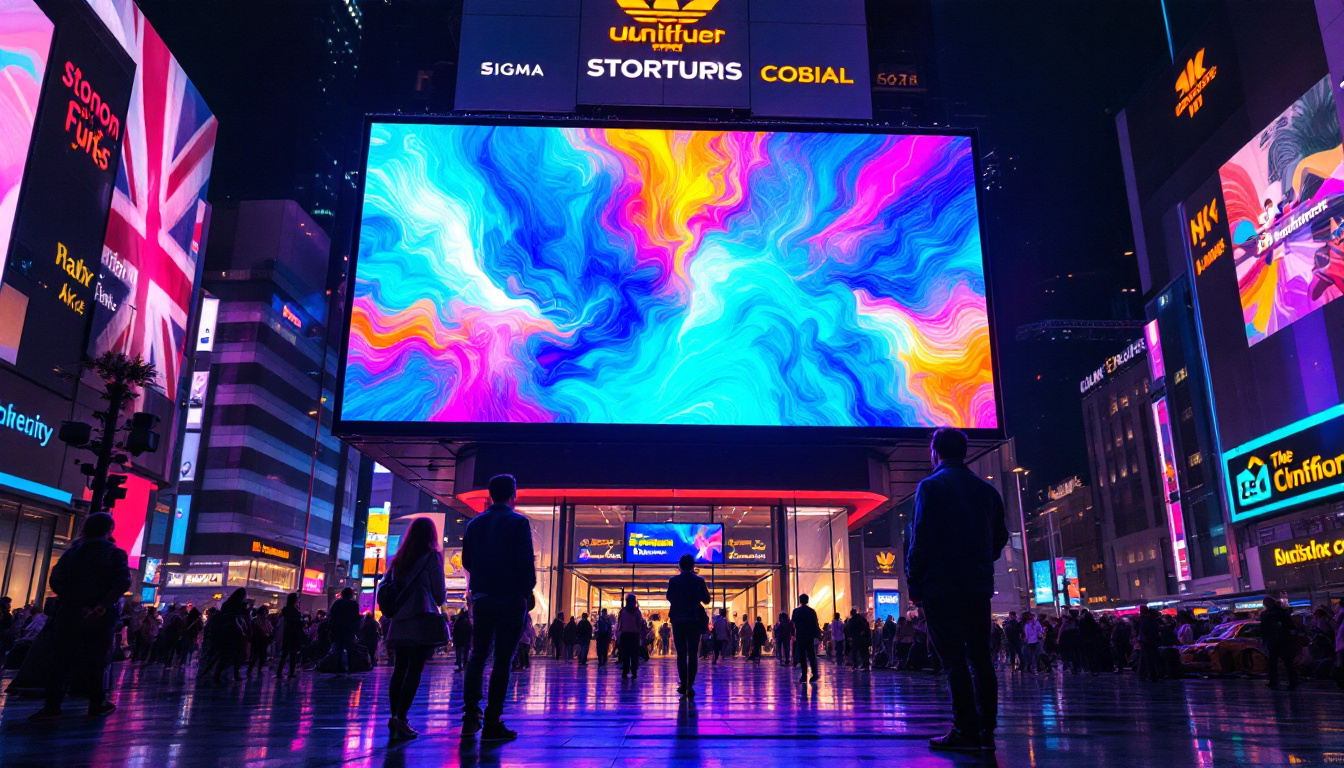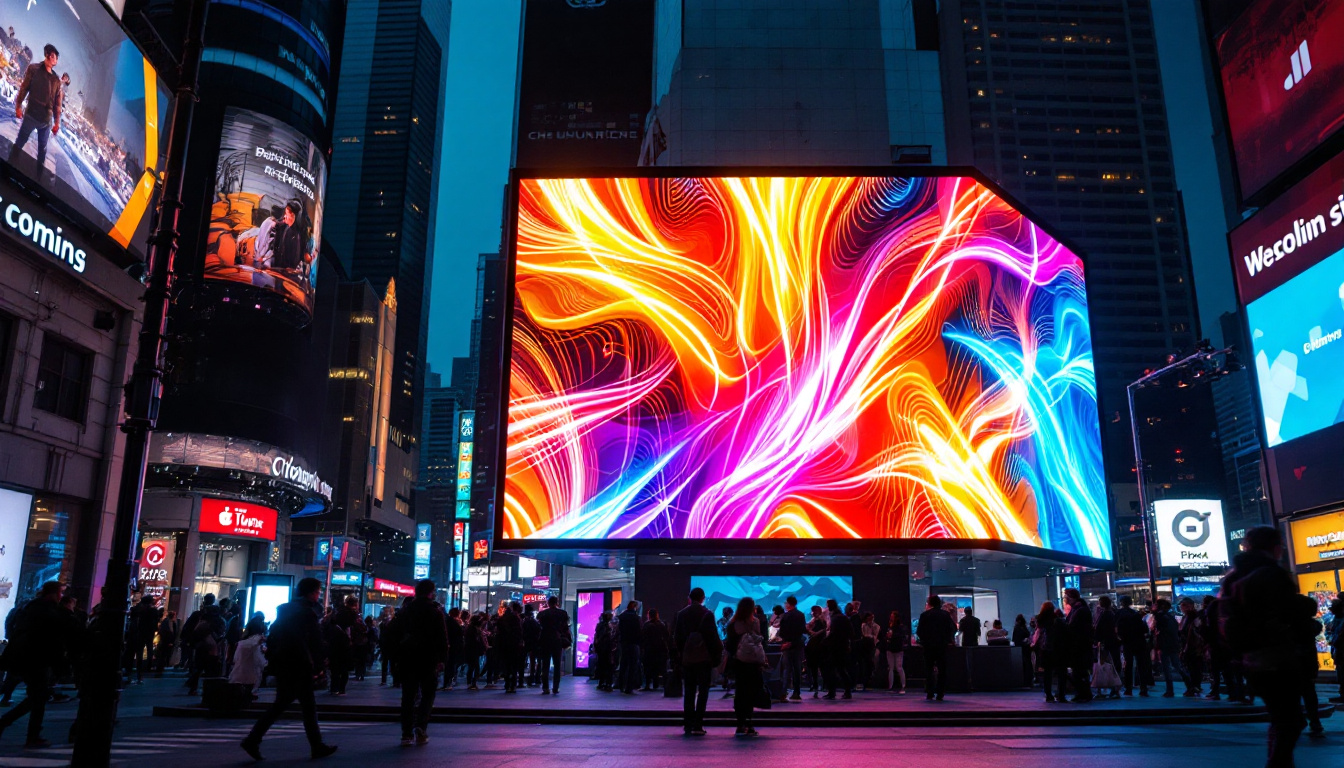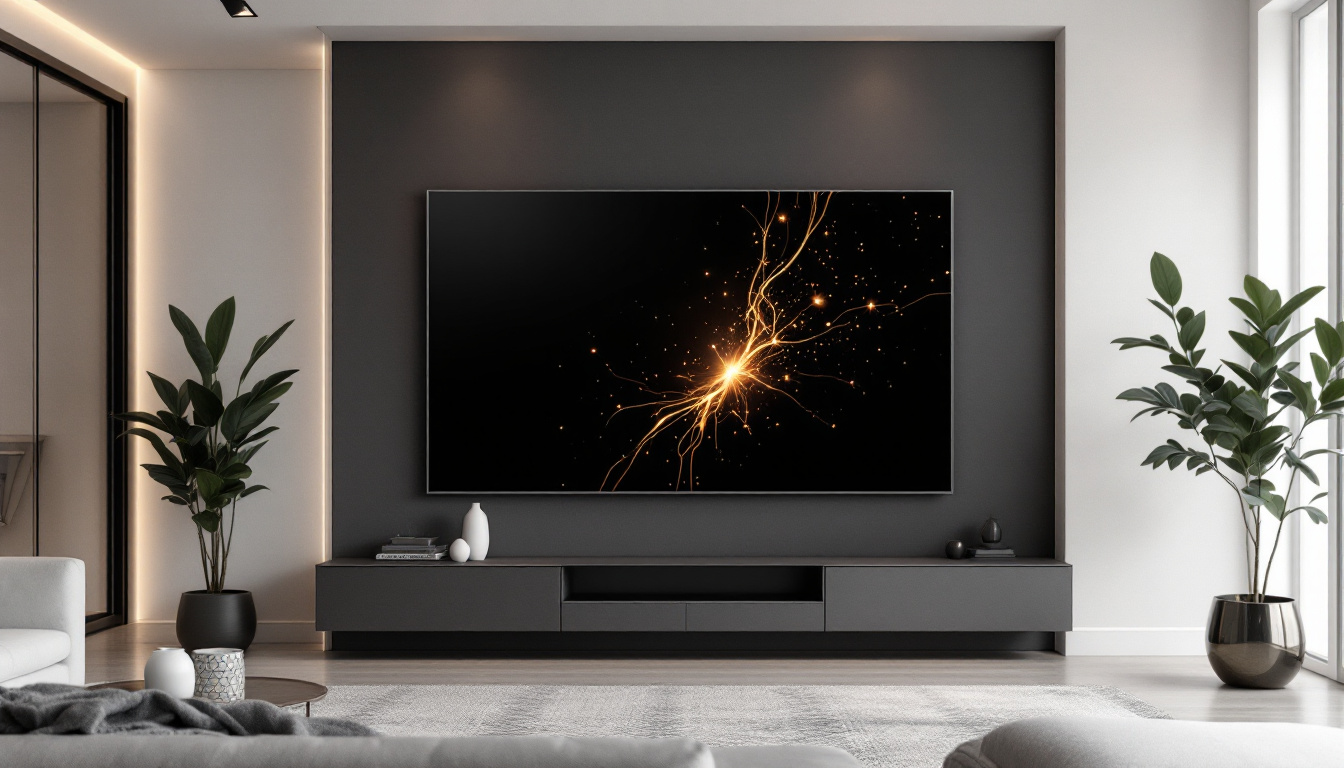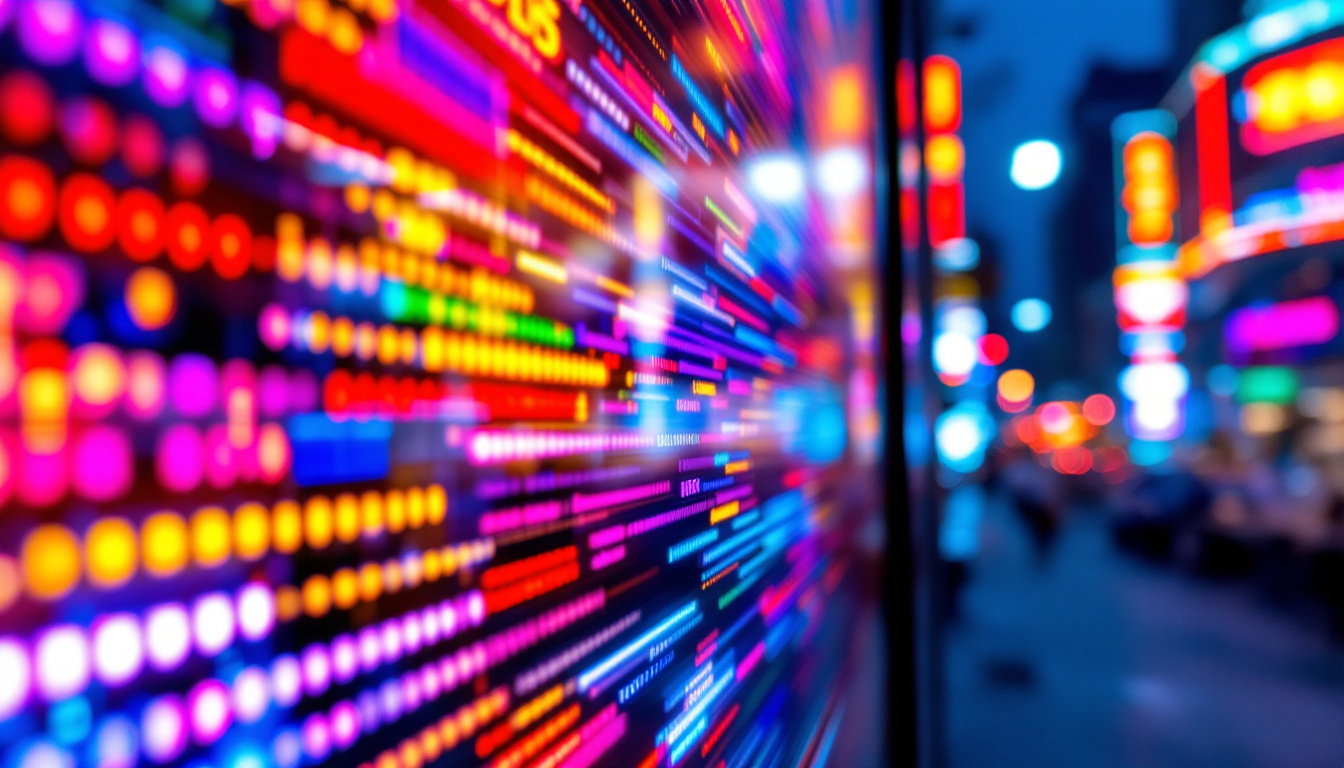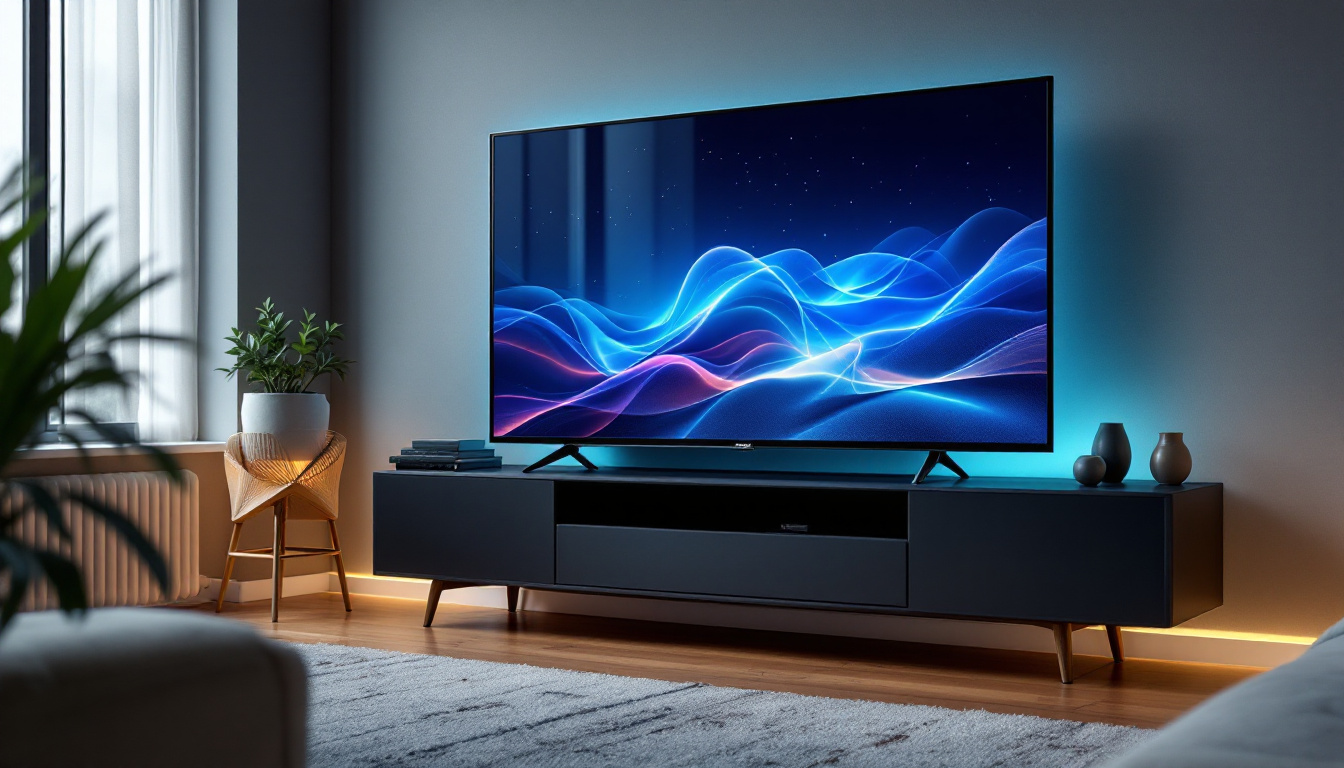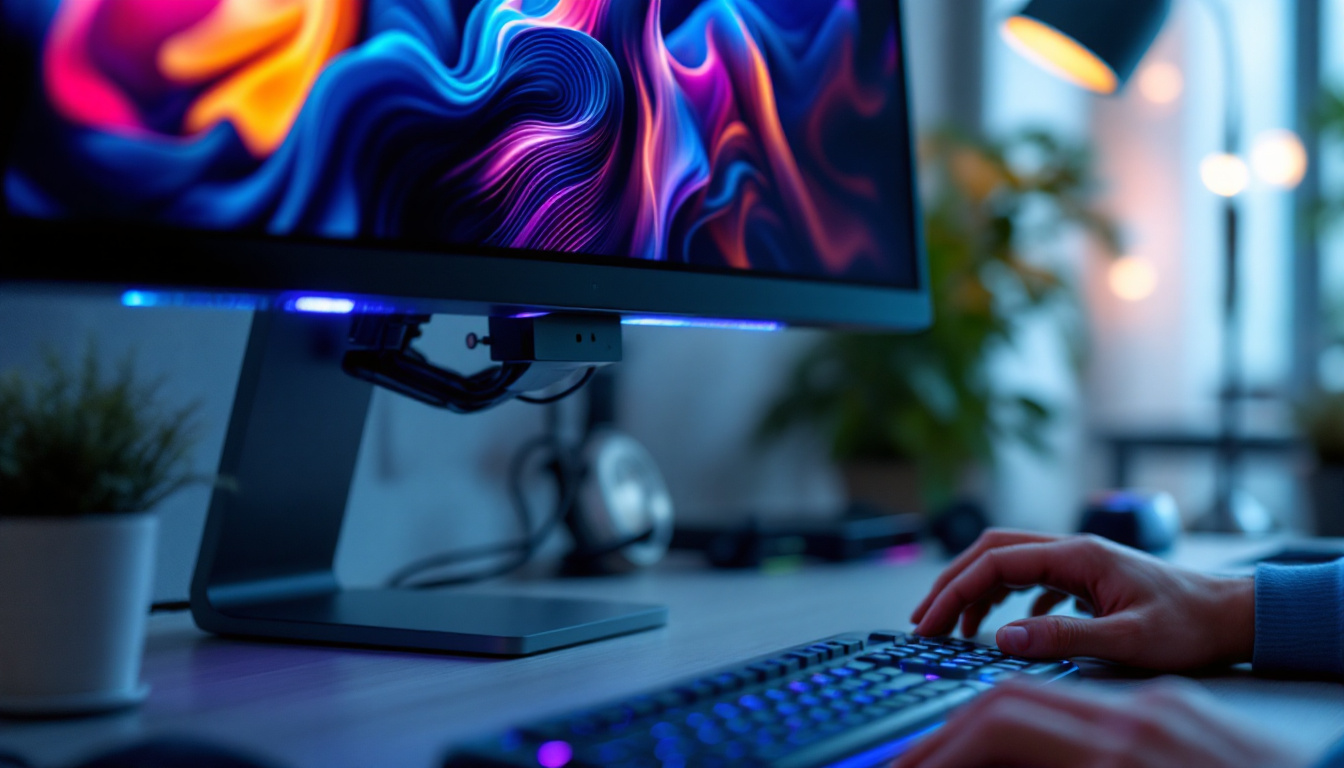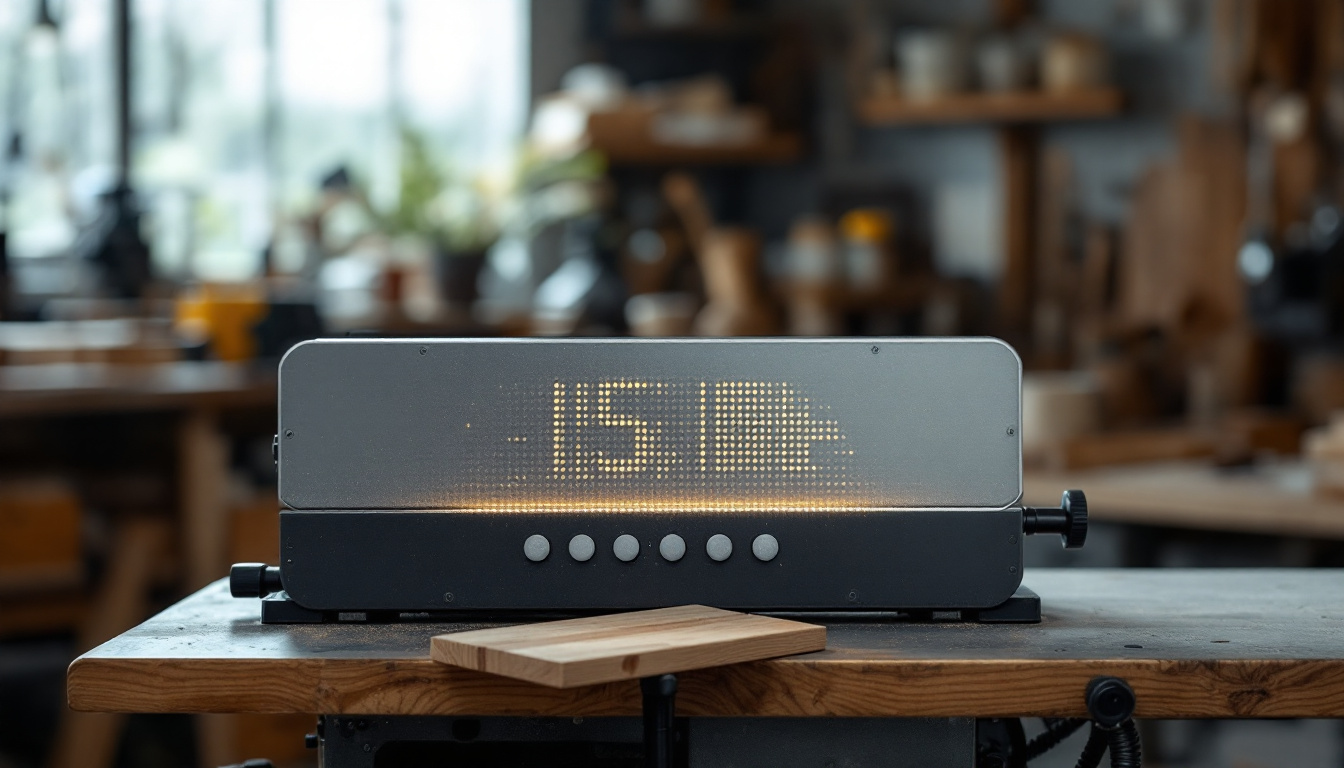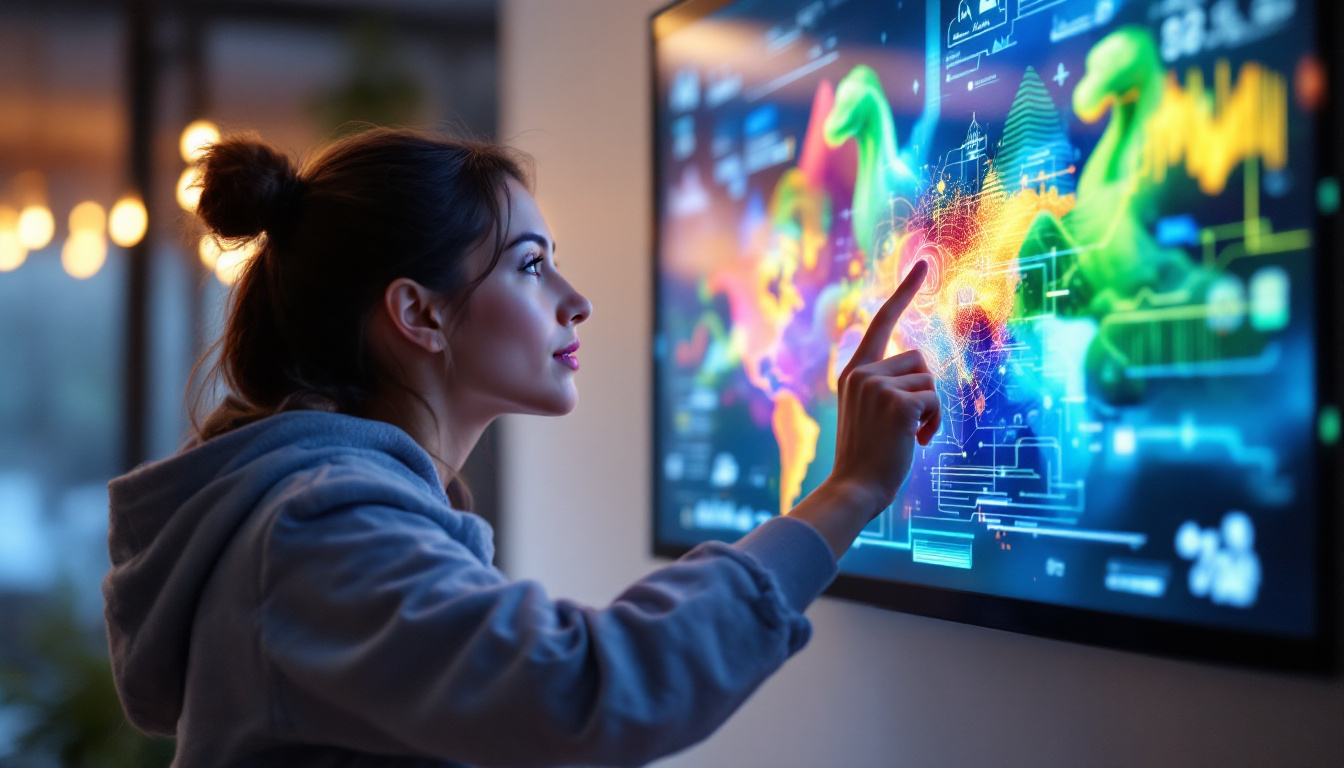Understanding LED Technology
LED technology has revolutionized the way visual content is displayed, providing brighter and more vibrant images compared to traditional projection methods. At its core, LED stands for Light Emitting Diode, a semiconductor device that emits light when an electric current passes through it. This technology is not only energy-efficient but also offers a longer lifespan, making it an ideal choice for projectors and screens. The compact nature of LEDs also allows for thinner and lighter designs, which is a significant advantage in today’s mobile and space-conscious world.
In the realm of projectors, LED technology enhances color accuracy and contrast, resulting in a more immersive viewing experience. Whether used in home theaters, classrooms, or corporate settings, LED projectors are becoming increasingly popular due to their versatility and performance. The ability to produce deep blacks and brilliant whites means that images appear more dynamic, making it easier to engage audiences across various environments and applications.
Advantages of LED Projectors
One of the most significant advantages of LED projectors is their energy efficiency. Unlike traditional lamps, which consume more power and require frequent replacements, LED projectors use less energy and can last up to 30,000 hours or more. This longevity not only reduces the cost of ownership but also minimizes waste. Additionally, the lower heat output of LED projectors means that they often require less cooling, further enhancing their energy-saving capabilities and making them more environmentally friendly.
Additionally, LED projectors provide superior color reproduction. They can produce a wider color gamut, allowing for more vibrant and lifelike images. This feature is particularly beneficial for applications such as film screenings, art presentations, and gaming, where color fidelity is paramount. Furthermore, the instant-on capability of LED projectors eliminates the warm-up time associated with traditional lamp-based projectors, allowing users to start their presentations or entertainment experiences without delay.
Applications of LED Projectors
LED projectors are versatile tools that can be used in various settings. In educational environments, they facilitate engaging presentations and interactive learning experiences. Teachers can easily display multimedia content, fostering a more dynamic classroom atmosphere that caters to different learning styles. In corporate settings, they enhance meetings and conferences by providing clear visuals and dynamic content delivery, enabling presenters to convey their messages effectively and keep their audience’s attention.
Moreover, in home entertainment, LED projectors create an immersive cinema experience, allowing users to enjoy movies, sports, and gaming on a large screen without the need for a dedicated space. Their portability also makes them suitable for outdoor events and gatherings. Imagine hosting a backyard movie night under the stars, where friends and family can gather around for a shared experience, all made possible by the convenience of LED projection technology. Additionally, with advancements in wireless connectivity, many LED projectors can now stream content directly from smartphones or tablets, further enhancing their usability and appeal in various social settings.
The Role of Screens in Projection Systems
The screen used in conjunction with a projector plays a crucial role in the overall quality of the displayed image. A high-quality screen can significantly enhance brightness, contrast, and color accuracy, ensuring that the projected image is as clear and vibrant as possible. Various types of screens are available, each designed for specific applications and environments.
Types of Projection Screens
There are several types of projection screens, including fixed frame, retractable, and portable screens. Fixed frame screens are ideal for dedicated home theaters, providing a taut surface that enhances image quality. Retractable screens, on the other hand, can be rolled up when not in use, making them a space-saving option for multipurpose rooms.
Portable screens are designed for easy transport and setup, making them suitable for business presentations and outdoor events. Each type of screen has its advantages, and the choice largely depends on the intended use and available space.
Screen Material and Gain
The material used for a projection screen significantly impacts its performance. Common materials include matte white, high gain, and ambient light rejecting (ALR) fabrics. Matte white screens are versatile and work well in most lighting conditions, while high gain screens reflect more light, making them suitable for brighter environments.
Ambient light rejecting screens are designed to minimize the impact of ambient light, making them ideal for rooms with windows or other light sources. Understanding the properties of different screen materials can help users select the best option for their specific needs.
Choosing the Right LED Projector and Screen Combination
Selecting the right combination of LED projector and screen requires careful consideration of several factors, including the intended use, room size, and ambient lighting conditions. The goal is to create a harmonious pairing that maximizes image quality and viewing experience.
Room Size and Projection Distance
The size of the room and the distance between the projector and screen are critical factors in determining the appropriate projector model. Short throw projectors can project large images from a short distance, making them ideal for smaller rooms. Conversely, long throw projectors are better suited for larger spaces where the projector can be positioned further away from the screen.
Additionally, the screen size should be proportional to the room size and viewing distance. A larger screen in a small room can lead to a cramped viewing experience, while a small screen in a large room may result in a lack of visual impact.
Ambient Light Considerations
Ambient light can significantly affect the performance of both projectors and screens. In brightly lit rooms, a projector with higher brightness (measured in lumens) is essential to ensure that images remain clear and vibrant. Additionally, using a screen with ambient light rejecting properties can help maintain image quality in such environments.
For home theaters with controlled lighting, a lower brightness projector may suffice, allowing for a more immersive experience without the distractions of external light sources.
Installation and Setup Tips
Proper installation and setup of LED projectors and screens are crucial for achieving optimal performance. Taking the time to set up the equipment correctly can greatly enhance the viewing experience and prolong the lifespan of the devices.
Mounting Options
When installing a projector, users have several mounting options, including ceiling mounts, wall mounts, and table mounts. Ceiling mounts are often preferred for permanent installations, as they provide a clean look and save space. Wall mounts are suitable for smaller rooms, while table mounts offer flexibility for temporary setups.
Regardless of the mounting option chosen, ensuring that the projector is aligned with the screen is essential for a distortion-free image. Utilizing keystone correction features can help adjust the image if the projector cannot be perfectly aligned with the screen.
Screen Placement
The placement of the screen is equally important. Ideally, the screen should be positioned at eye level when seated to provide a comfortable viewing experience. Additionally, ensuring that the screen is free from obstructions and that there is adequate distance between the projector and screen will help maintain image quality.
Consideration should also be given to the surrounding environment. Avoid placing the screen in direct sunlight or near bright light sources, as this can wash out the image and reduce contrast.
Maintaining Your LED Projector and Screen
Regular maintenance is key to ensuring the longevity and performance of LED projectors and screens. By following a few simple guidelines, users can keep their equipment in optimal condition.
Cleaning and Care
Dust and dirt can accumulate on both projectors and screens, leading to diminished image quality. Cleaning the projector lens with a soft, lint-free cloth can help maintain clarity. It is also advisable to check and clean the air filters regularly to prevent overheating and ensure proper ventilation.
For screens, a gentle cleaning solution and a soft cloth can be used to remove stains or smudges. Avoid using harsh chemicals or abrasive materials, as these can damage the screen surface.
Software and Firmware Updates
Many modern LED projectors come with software and firmware that can be updated to improve performance and add new features. Regularly checking for updates and installing them can help users take full advantage of their projector’s capabilities.
Additionally, keeping the projector’s settings optimized for the specific environment can enhance image quality and overall performance.
The Future of LED Projectors and Screens
The future of LED projectors and screens looks promising, with advancements in technology continually improving performance and user experience. Innovations such as 4K resolution, HDR (High Dynamic Range), and enhanced connectivity options are becoming more prevalent, making LED projectors an even more attractive option for consumers and businesses alike.
Emerging Technologies
As technology evolves, new features such as smart capabilities and integration with home automation systems are becoming standard in LED projectors. These advancements allow users to control their projectors and screens seamlessly through smartphones or voice commands, enhancing convenience and accessibility.
Furthermore, advancements in laser technology are also making their way into the projector market, offering even brighter images and longer lifespans compared to traditional LED models.
Environmental Considerations
With growing awareness of environmental issues, manufacturers are focusing on creating more energy-efficient and sustainable products. LED projectors, with their lower power consumption and longer lifespans, are already a step in the right direction. Future developments may include recyclable materials and more eco-friendly manufacturing processes.
Conclusion
LED projectors and screens represent a significant leap forward in display technology, offering a combination of vibrant visuals, energy efficiency, and versatility. Understanding the intricacies of LED technology, screen types, and installation considerations can empower users to make informed decisions that enhance their viewing experiences.
As technology continues to evolve, embracing these advancements will ensure that both consumers and businesses can enjoy the benefits of high-quality visual displays for years to come. Whether for entertainment, education, or professional use, LED projectors and screens are poised to remain at the forefront of visual technology.
Discover LumenMatrix’s Advanced LED Solutions
Ready to elevate your visual experience with the latest in LED display technology? Look no further than LumenMatrix, a pioneer in crafting immersive and dynamic LED displays for every setting. From the vivid clarity of an Indoor LED Wall Display to the robust brilliance of an Outdoor LED Wall Display, LumenMatrix offers a comprehensive range of solutions tailored to your needs. Whether it’s for advertising on the move with Vehicle LED Displays, creating interactive floors with Floor LED Displays, or customizing your message with Custom LED Displays, LumenMatrix is committed to transforming your visual communication. Embrace the future of display technology and check out LumenMatrix LED Display Solutions today to share your message with the world like never before.

